
Dec 8 2023
8 min read

Gamification is the new frontier in corporate training. As we step into 2024, gamification in corporate training has evolved, embracing newer technologies and methodologies. In this blog, we will explore how these advancements are reshaping employee training. We will also discuss companies using gamification in corporate training via digital signage and other engaging media.
Let’s begin.
Real-world work scenarios can be simulated with gamified training. In a controlled environment, employees can gain skills necessary for their roles and learn the impact of their decisions at work.
For scenario-based learning, companies use gamified simulation training techniques like:
Training drills can be conducted with the help of playing out various workplace scenarios and learning how to deal with them using gamified simulations.
AR overlays digital information onto the physical environment, allowing employees to interact with virtual elements in a real setting.
E-learning gamification in corporate offices involves integrating game-like elements such as points, badges, and leaderboards into online training modules to boost engagement and motivation.
Additionally, incorporating AI-driven analytics to personalize scenarios based on individual employee performance and learning pace can provide a competitive edge, making the training more adaptive and effective. Salesforce recently leveraged a hunting game to improve compliance among its employees. They engaged users to explore other aspects of the platform and understand compliance in real-world scenarios.
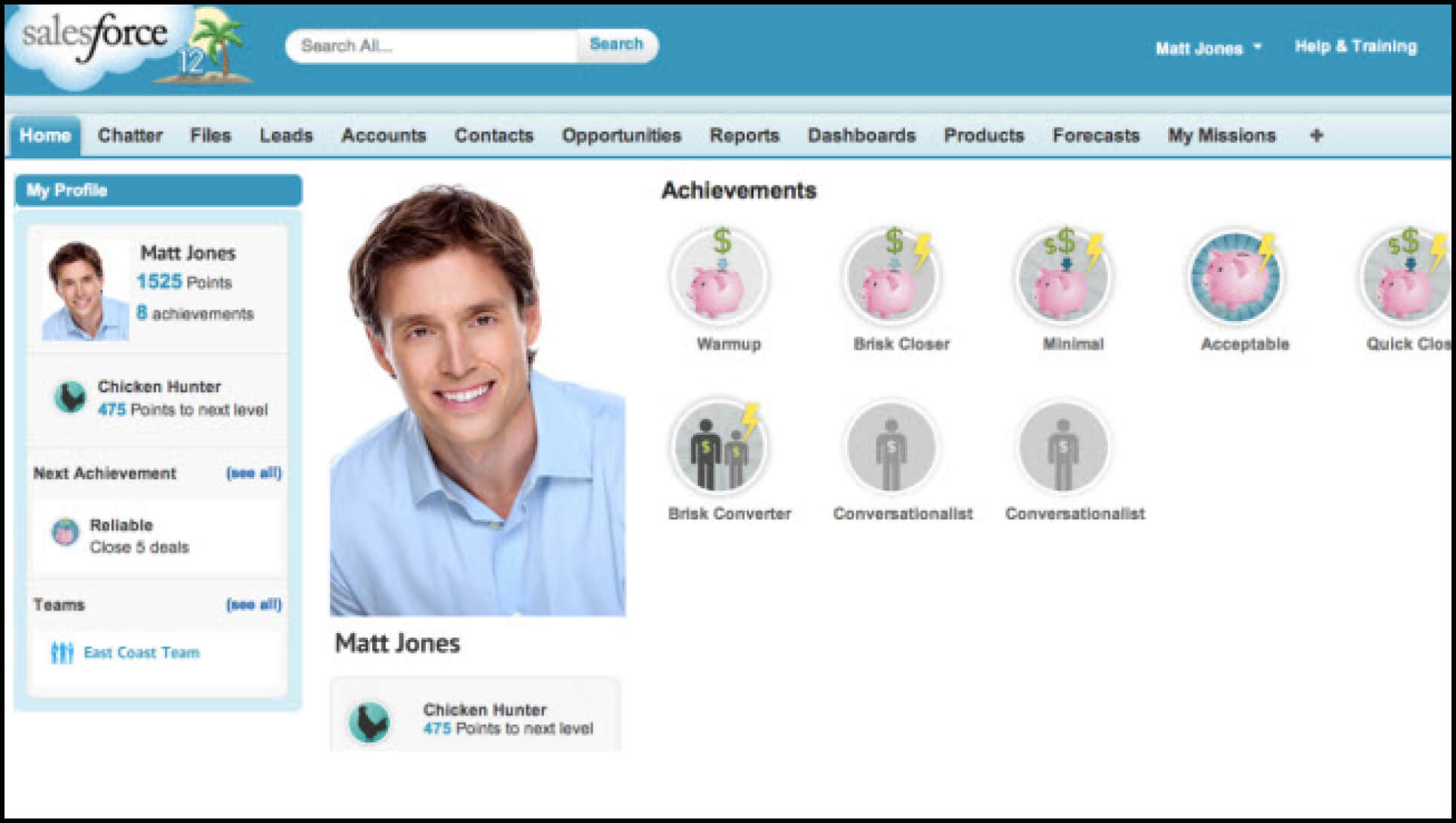
The participants went from being “chicken hunters” all the way up to “big game hunters” as they interacted at different levels of the game. Their compliance rates eventually increased up to 40%.
The virtual reality tidal wave is real. Companies are leveraging VR as a key tool for corporate learning games. VR technology allows employees to be placed in a virtual world that closely simulates real-life work scenarios, offering a depth of engagement that traditional training methods cannot match. Global majors such as Accenture are buying hundreds and thousands of headsets for training their teams. Retention rates in such companies have already gone up by 75-90%.
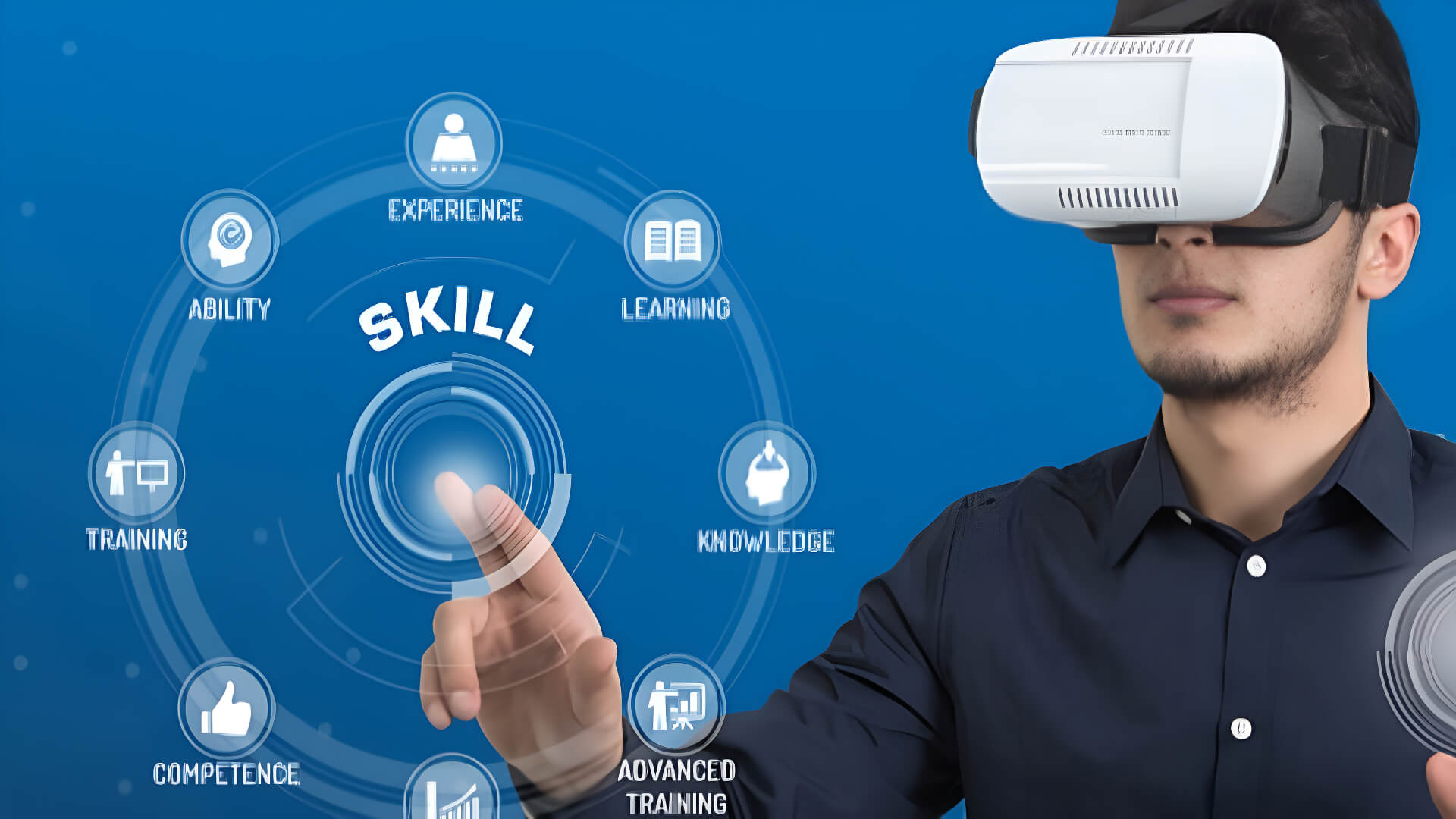
Geographically dispersed teams are widely using VR meeting places and training tools to bridge the gap and build cohesive teams. Several corporates are using VR to improve their code of conduct training putting employees into situations that test their ethical and decision-making skills.
However, while VR offers immersive experiences, its implementation can be challenging due to costs and technical requirements.
Rolling out gamified quizzes is a great way to test your employees’ skills and collect feedback through surveys. Corporates can enhance employee engagement by implementing dynamic and adaptive quiz formats that respond to user inputs in real-time.
Additionally, corporates can integrate AI to analyze responses and provide instant, personalized feedback, making the learning process more effective.
Global companies often use digital signage with interactive features like games and puzzles for engaging their employees better.
Plantville, a gaming platform launched by Siemens in 2011 took gamified simulation training with digital signage to a new level. It proved 10 times better than instruction manuals and lengthy training videos. Interactive leaderboards along with a fun narrative made the platform a rip-roaring success.
Watch the platform in action.
You can always spur friendly competition among employees by introducing reward points, animated leaderboards, and other audio-visual features. Make use of interactive digital signage software to combine these features into micro-lessons for your corporate gamification training.
Including real-time updates, visually engaging and customizable leaderboard designs, and integration with social media or internal communication platforms can generate wider recognition for your office.
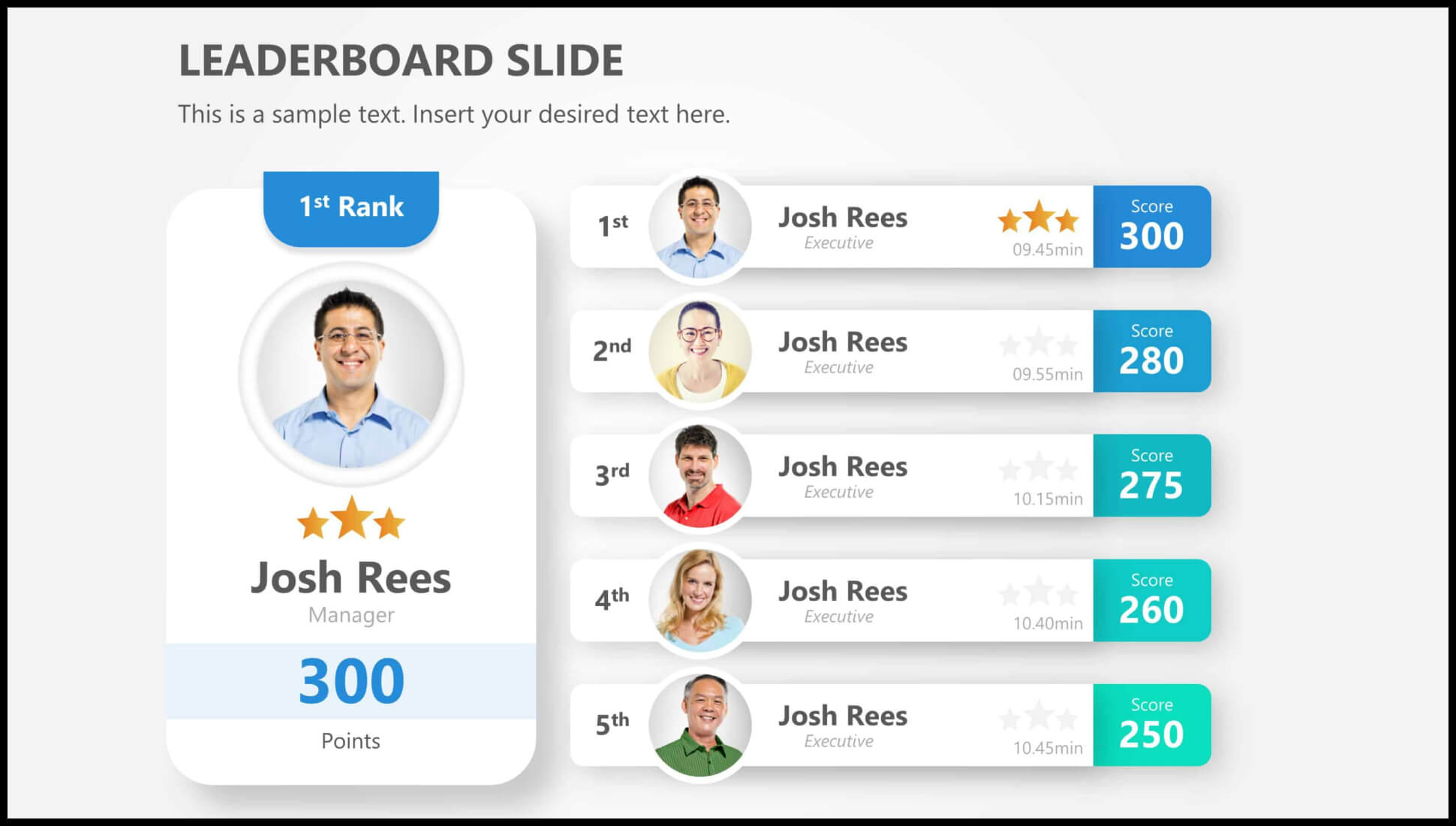
Companies often use digital signage to display these leaderboards in common areas or on individual screens. You may also include the following strategies to make your gamified training programs a success:
Set quotas for individual teams and give reward points for meeting targets
Get employees to enroll for your loyalty programs and distribute prizes and giveaways (punch cards, badges, etc.) once the goals are attained
The technique pays off when you have well-curated learning portals with customizable learning paths for employees.
A key tool to add a fresh spin to gamification in corporate training is realistic storytelling. Story-based learning can provide an immersive experience for trainees. A well-planned narrative always adds an element of interest and curiosity and helps people learn work-related stuff in a fun setting.
To enhance storytelling, it’s crucial to incorporate diverse characters and scenarios that resonate with a wider range of employees, fostering inclusivity and relatability in training.

Let’s go back to the example of Siemens again. When they launched Plantville , they introduced a character called “Pete, the Plant Manager” for training employees on the best practices in plant operations. They built a compelling storyline around this character who faces challenges throughout the game, addresses them effectively, and bags the “Plant of the Year” award in the end. This was followed by fun dialogs between Pete and his trainees where he offered suggestions on running a plant successfully.
Learning and development gamification teams should use interactive storytelling techniques to connect with learners effectively.
A Gartner study on gamification in corporate training claims that companies using gamified training have 250% higher growth compared to the ones that don’t. The following corporate gamification examples made the headlines in recent years.
Back when Cisco introduced its Global Social Media Training Program , the leadership team wanted the employees and contractors to improve their social media skill set. The program had 46 courses, and it was challenging to figure out the best learning path. To solve this, Cisco incorporated three gamified levels:
Specialist
Strategist
Master
To progress to advanced levels, users have to complete a definite number of learning modules and demonstrate skills. They added a mix of healthy competition, team challenges, and collaboration to fire up motivation.
Post gamification, 650 Cisco employees had taken up over 13,000 courses. This number continues to grow.
To engage a higher percentage of senior executives for leadership training, Deloitte developed a gamified curriculum in collaboration with Badgeville, a behavior platform company. They implemented three gamification elements to make the program fun yet educational.
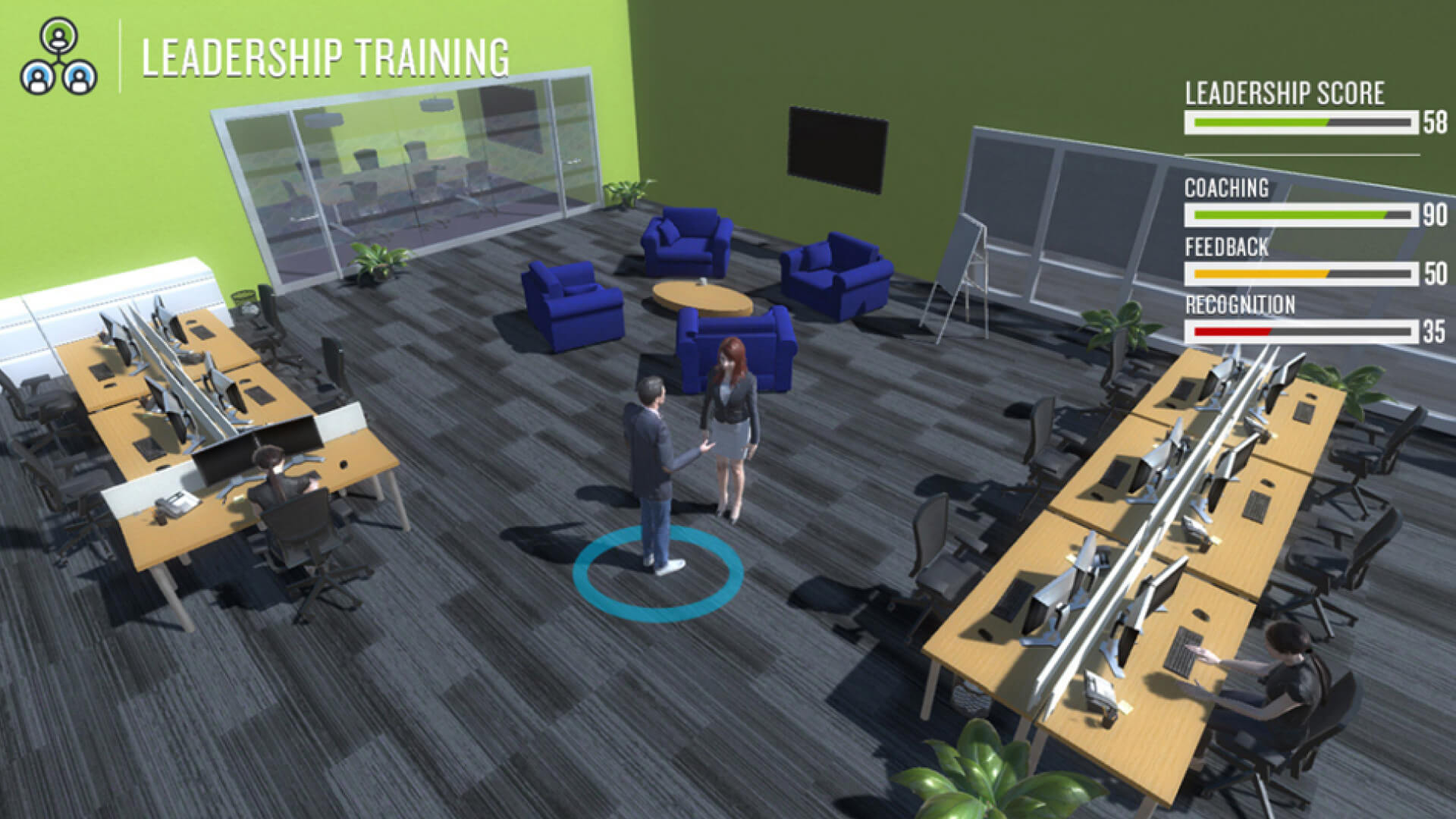
Rank & Rewards: The executives earned points and achievements when they demonstrated high-value behavior.
Missions: The game had missions, milestones, and challenges to keep the learners on track and complete their monthly learning goals.
Leaderboards: According to their level of contribution, skill, and engagement in Deloitte’s 12 key development areas, the executives could compete among themselves to become experts in those areas.
At every stage, the executives could view on dashboards how their leadership approaches shaped the culture at Deloitte.
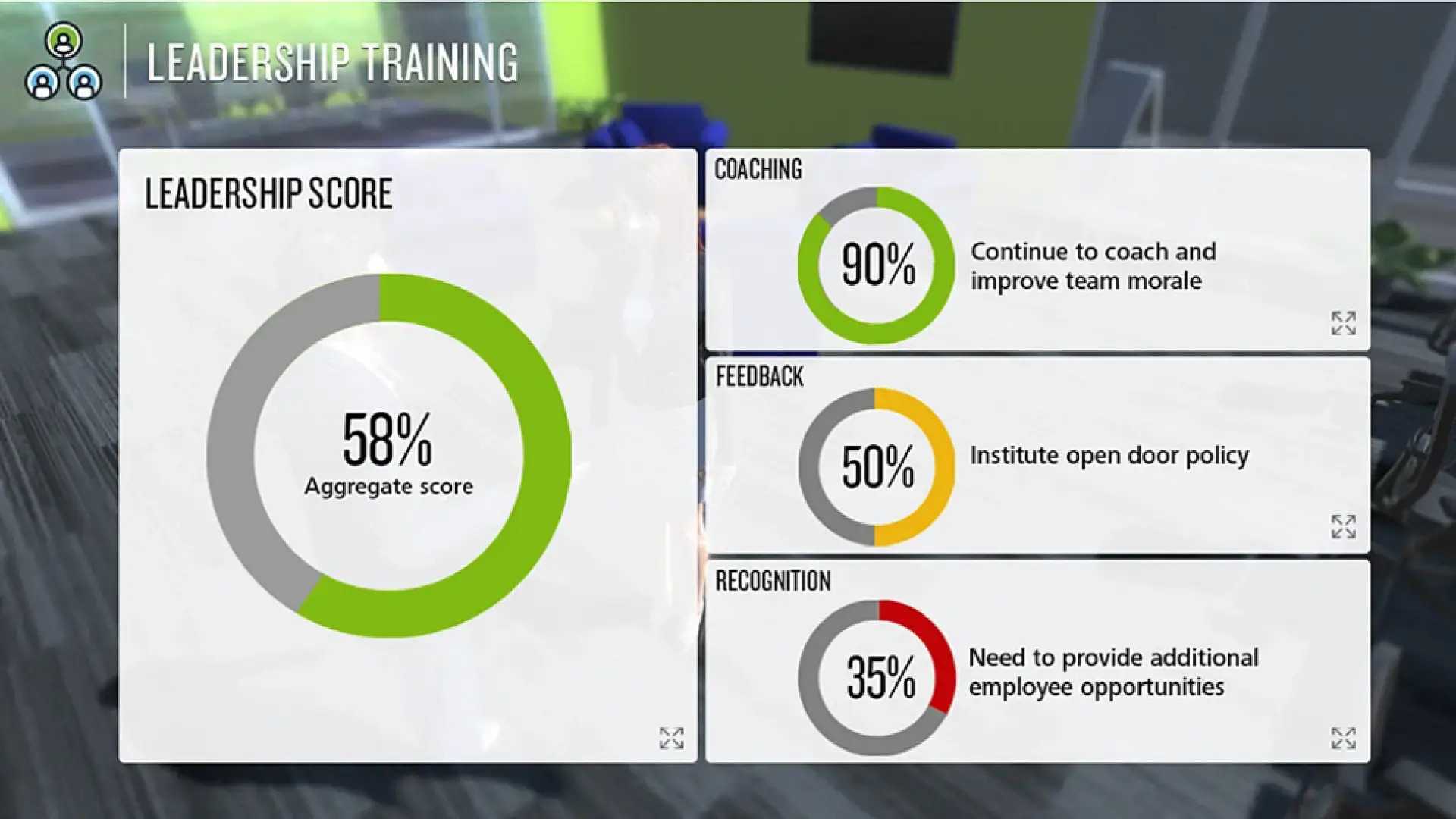
Companies using gamification for training often display leaderboards on corporate TVs positioned in prime locations within the office premises. Leveraging digital signage for this purpose helps celebrate wins and popularize gamified training programs.
As a part of their recent spring recruitment campaign, PwC Hungary launched Multipoly Next, their enterprise simulation game. The aim was to simulate the real-time feel of being a PwC employee. Each participant had to carry out various missions and perform a set of tasks such as:
Product training classes
Joining online communities
Interacting with mock clients
On attaining a milestone, the player received a point and was one step closer to receiving a job offer.
Check out the demo of the gamified simulation in this video.
When it comes to corporate learning games, companies often throw spaghetti at the wall to see what sticks. This proves counterintuitive. What works for one company may be a waste of time and money for another. So invest wisely.
No matter the approach, the secret sauce is one: to make your training programs engaging. Utilizing digital signage for corporate to display upcoming programs, learning modules, winners, and rewards has proven effective for global companies.
Pickcel has worked with top organizations to amp up their gamified training with the right use of digital signage. If you’re ready to set an example with a power-packed gamified training program, get in touch with our experts.
Start a free trial or schedule a demo today.

Dec 8 2023
8 min read

Nov 24 2023
5 min read
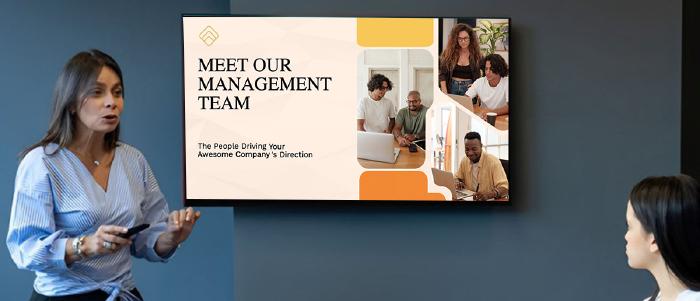
Nov 17 2023
7 min read

Sep 12 2023
8 min read
Take complete control of what you show on your digital signage & how you show it.
Start Free Trial Schedule My DemoSee How Mercedes-Benz Streamlined Internal Communication and Boosted Engagement by 32% using Pickcel
Unlock Exclusive Insights